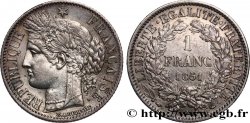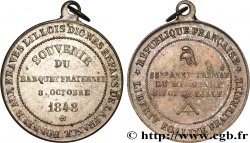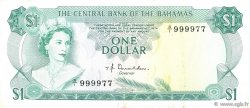v19_1463 - Concours de 20 francs, piéfort de Gayrard, deuxième concours 1848 Paris VG.3051 var.
MONNAIES 19 (2004)
Starting price : 120.00 €
Estimate : 180.00 €
Realised price : 145.00 €
Number of bids : 2
Maximum bid : 155.00 €
Starting price : 120.00 €
Estimate : 180.00 €
Realised price : 145.00 €
Number of bids : 2
Maximum bid : 155.00 €
Type : Concours de 20 francs, piéfort de Gayrard, deuxième concours
Date: 1848
Mint name / Town : Paris
Metal : bronze
Diameter : 21 mm
Orientation dies : 6 h.
Weight : 9,99 g.
Edge : lisse
Rarity : R2
Coments on the condition:
Petites marques sur les listels sinon un très bel exemplaire avec une patine marron
Catalogue references :
Obverse
Obverse legend : RÉPUBLIQUE - FRANÇAISE.
Obverse description : Buste de la République de face diadémée ; non signé.
Reverse
Reverse description : 20/ FRANCS/ 1848 en trois lignes dans une couronne formée d’une branche de chêne et d’une branche de laurier.
Commentary
Ce piéfort avec la tranche lisse n’est signalé ni par Mazard ni par Gadoury qui l’indiquent uniquement avec la tranche inscrite. Un exemplaire identique dans MONNAIES XIV, n° 575 et un dans MONNAIES XVIII n° 2083, avec la tranche inscrite cette fois.








 Report a mistake
Report a mistake Print the page
Print the page Share my selection
Share my selection Ask a question
Ask a question Consign / sell
Consign / sell
 Full data
Full data











